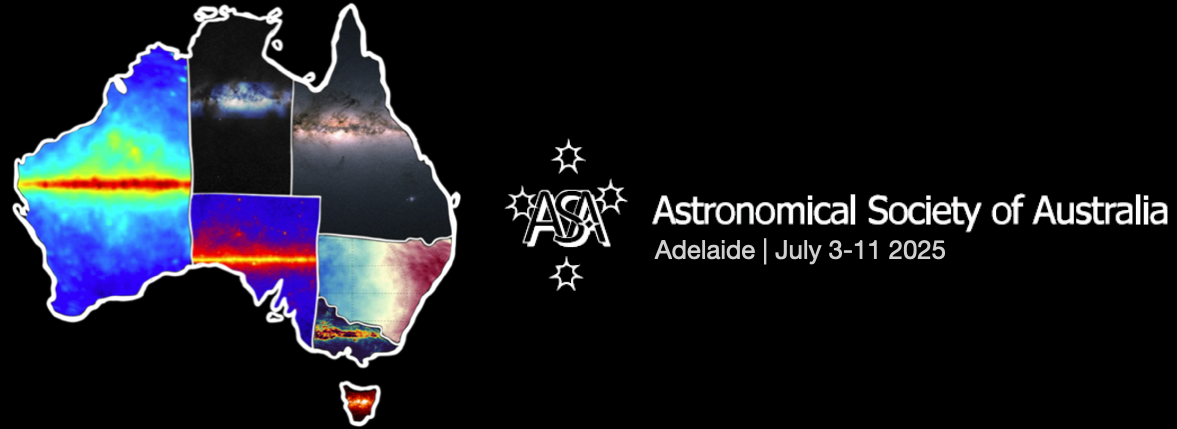Speaker
Description
The origin of the slow solar wind (SSW) remains an open question in solar physics, with significant implications for understanding space weather and its impact on Earth. A leading hypothesis for the SSW origin is interchange reconnection at the interface between open and closed magnetic flux in the corona, suggesting that the closed flux near coronal hole boundaries influences the composition of SSW plasma released into the heliosphere along open flux. To characterise this interface – which we term the open-closed boundary (or OCB) – we quantify the relative amount of open and closed magnetic flux within one supergranule-diameter (25 Mm) of the OCB using three coronal magnetic field models: a potential field source surface (PFSS) model, a static equilibrium magnetofrictional model, and a time-dependent magnetofrictional model. By comparing to interplanetary scintillation measurements of SSW speeds over one solar cycle, we argue that the fraction of open flux within this region is a good predictor of the amount of SSW in the heliosphere. Our findings have implications for understanding the origins of the SSW and the role of interchange reconnection at the OCB.

